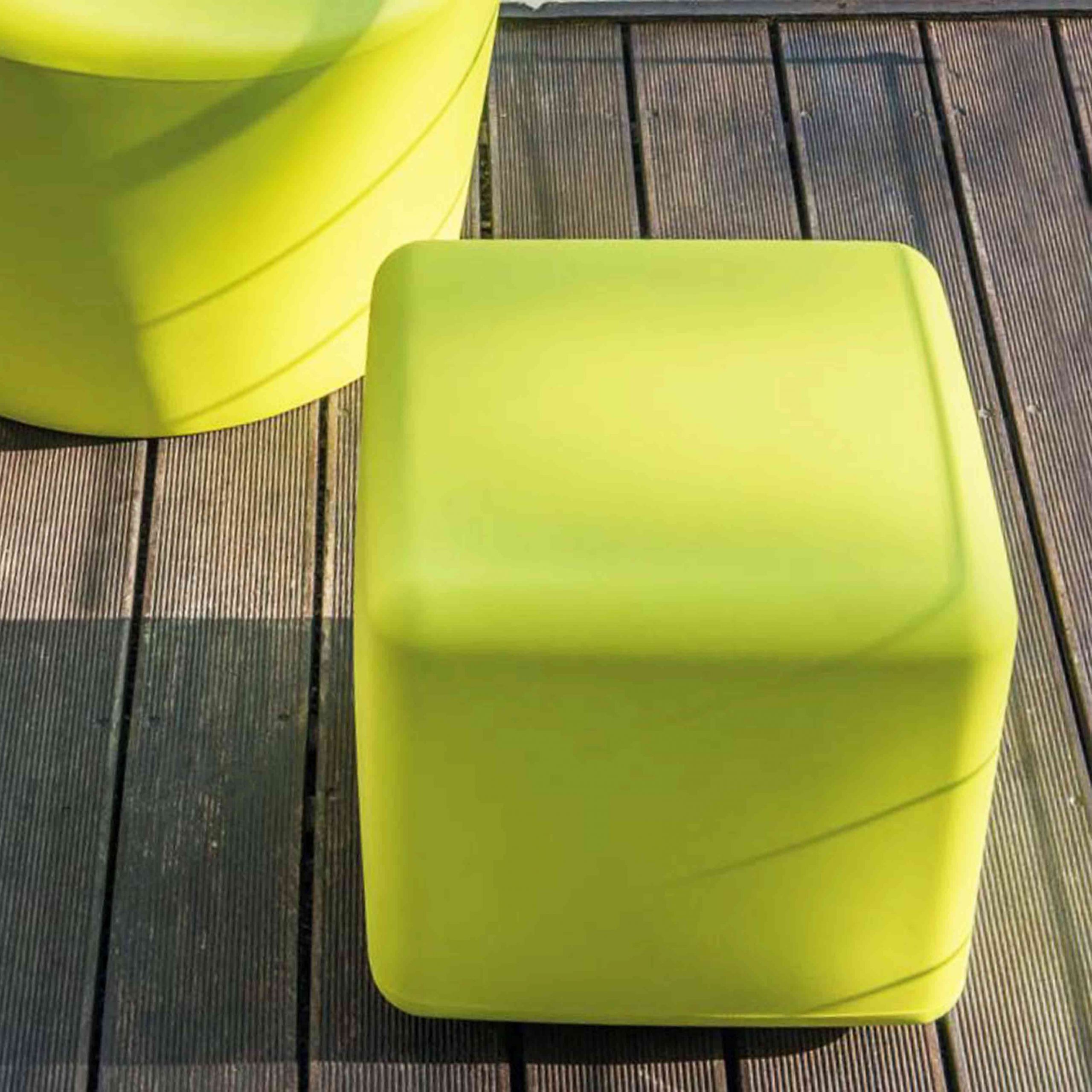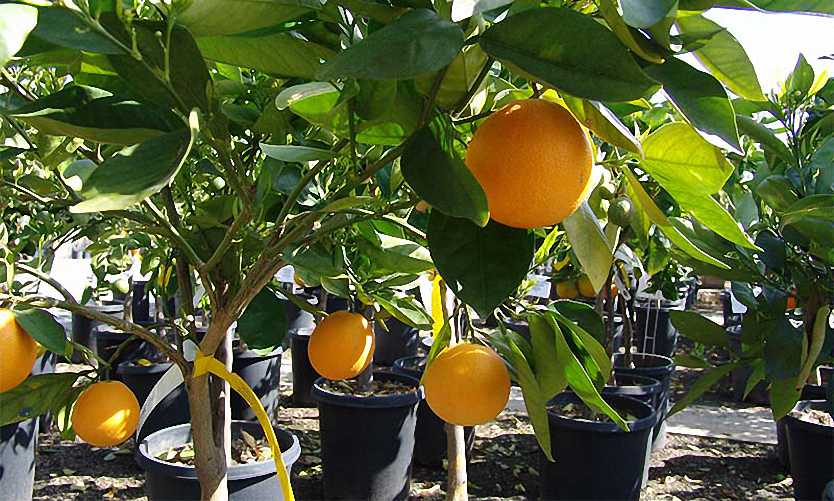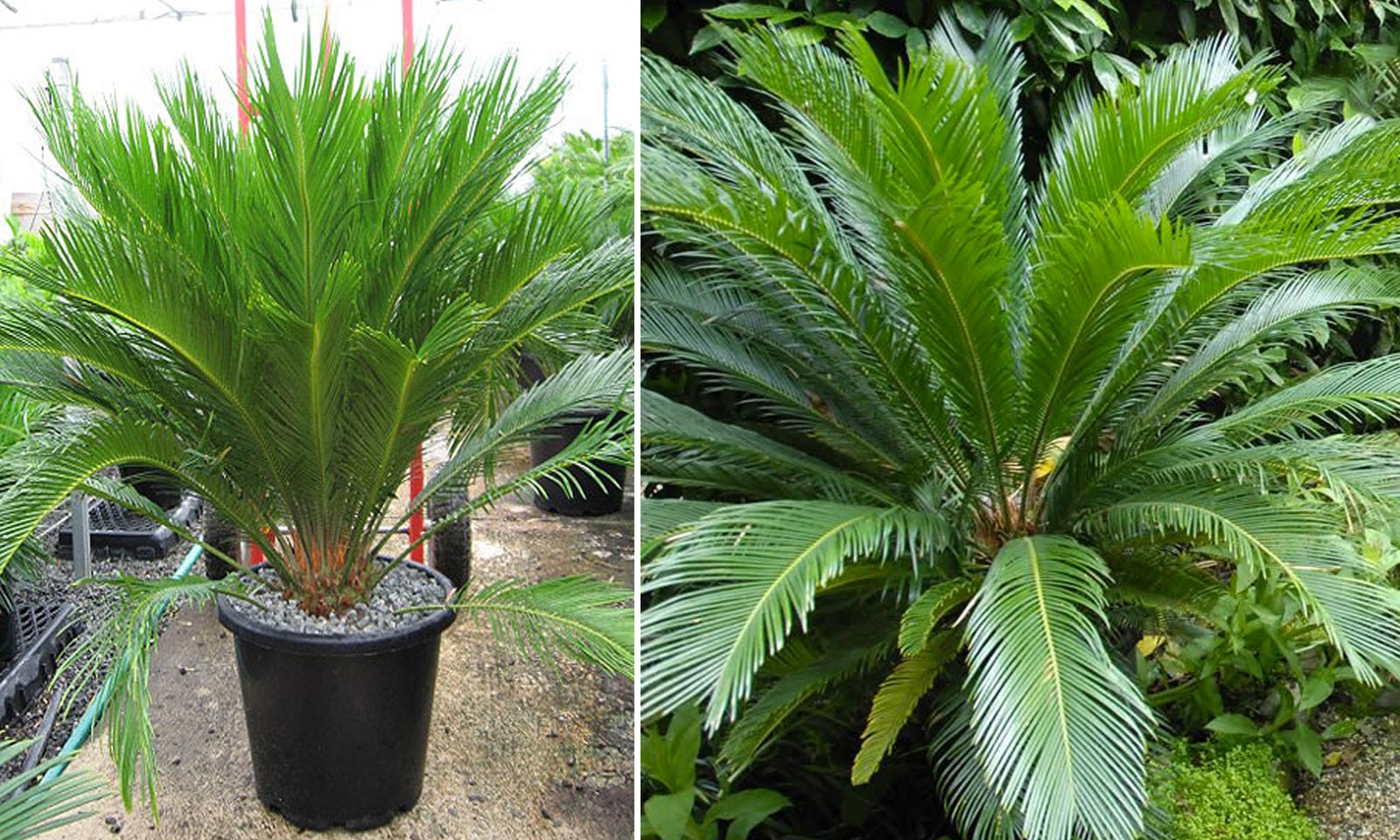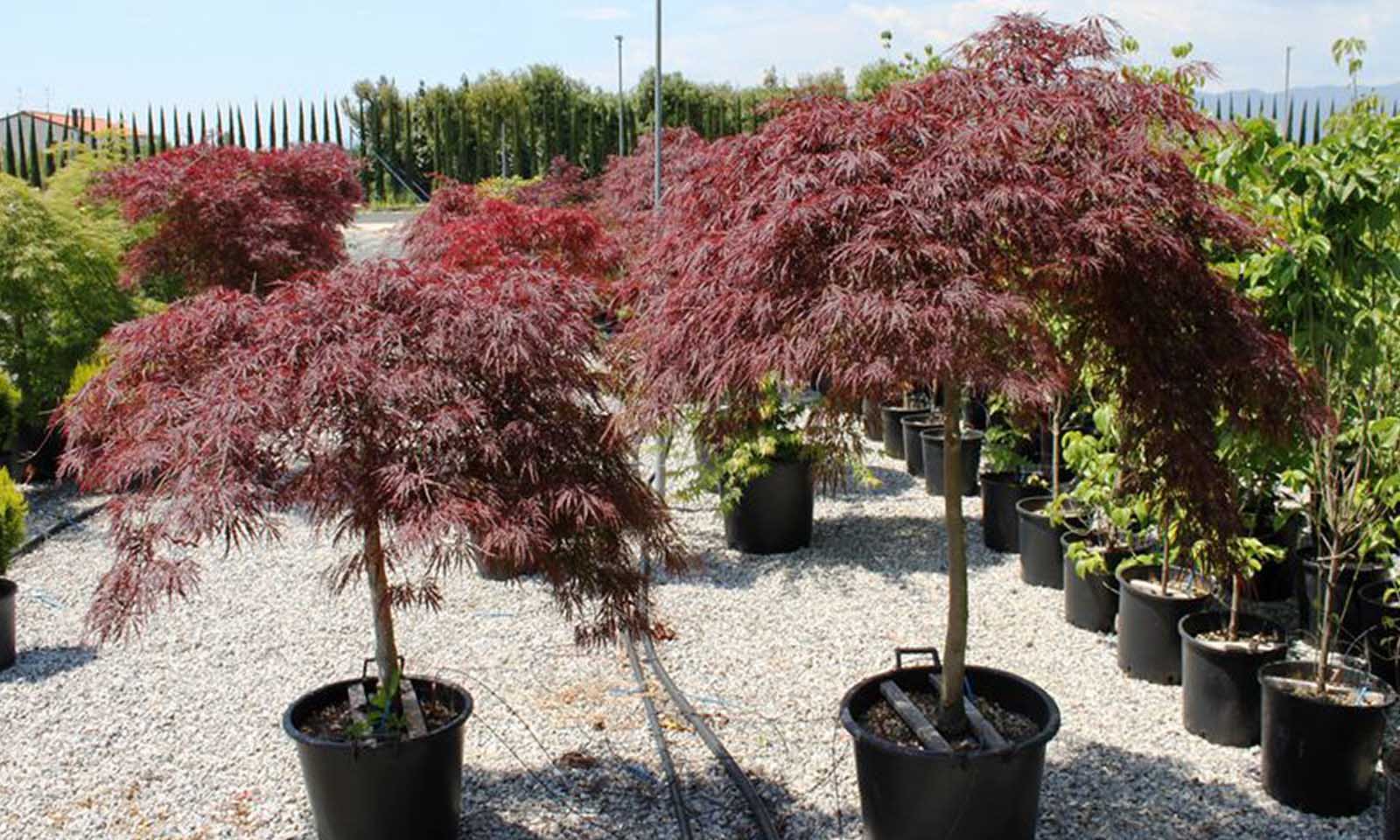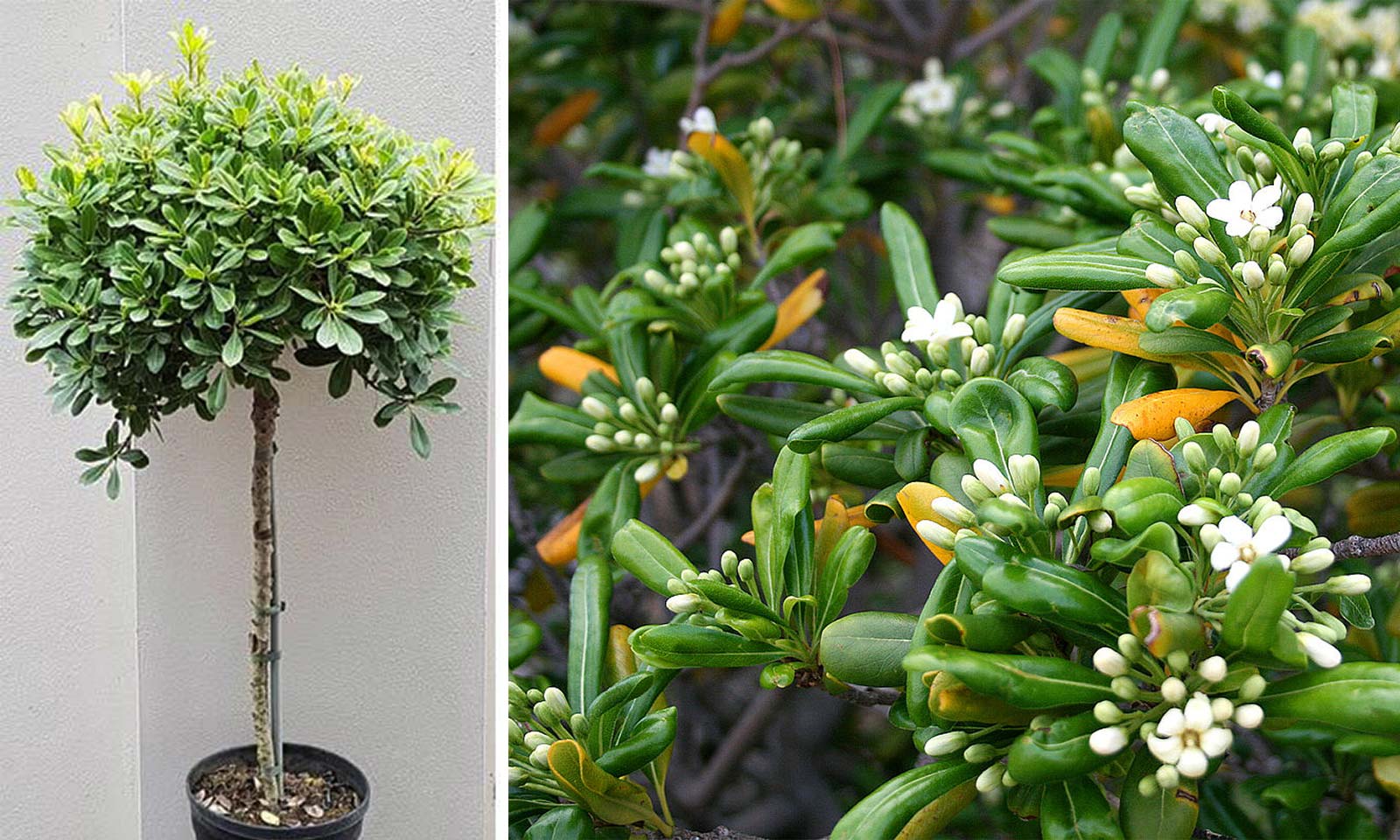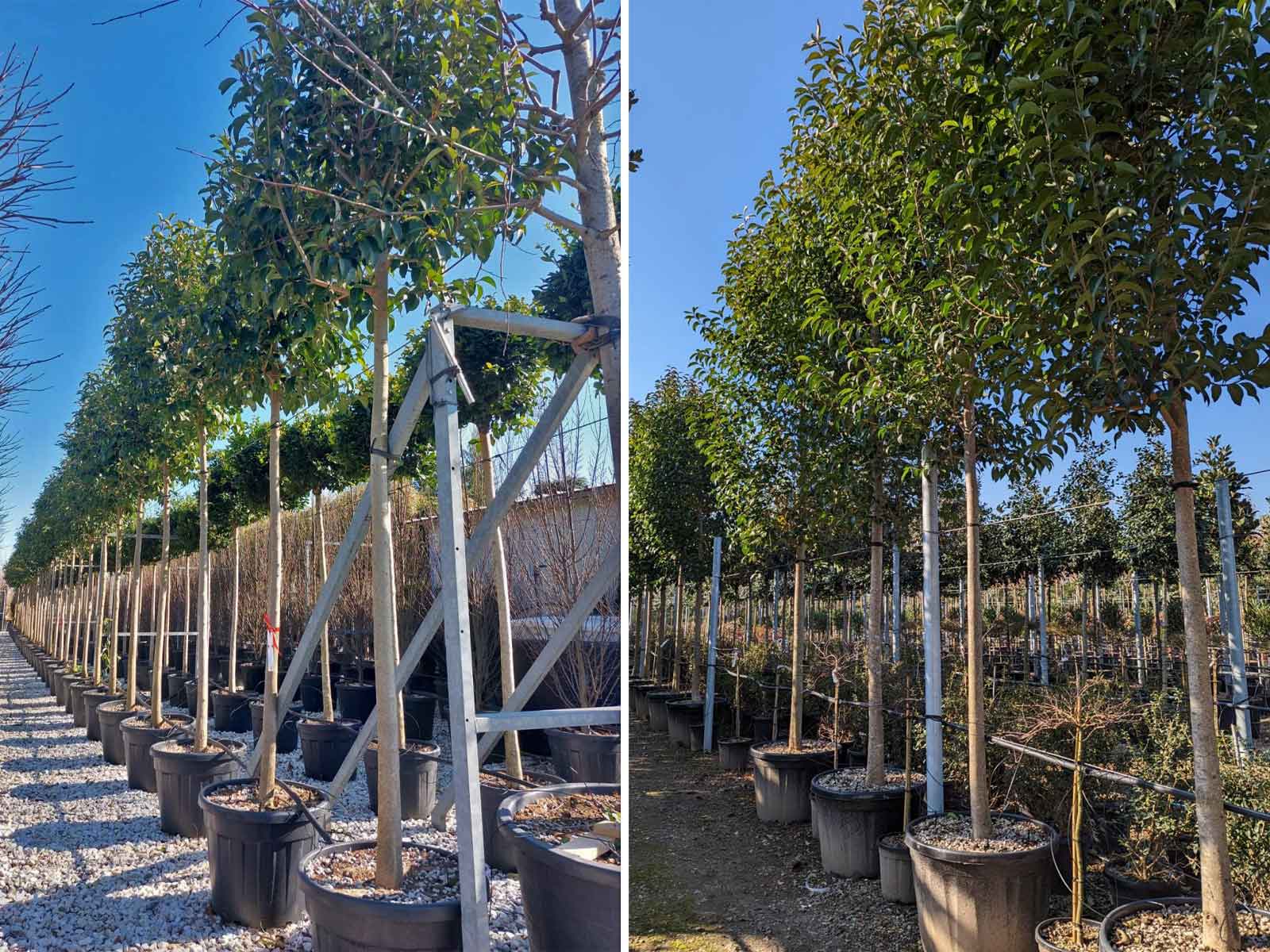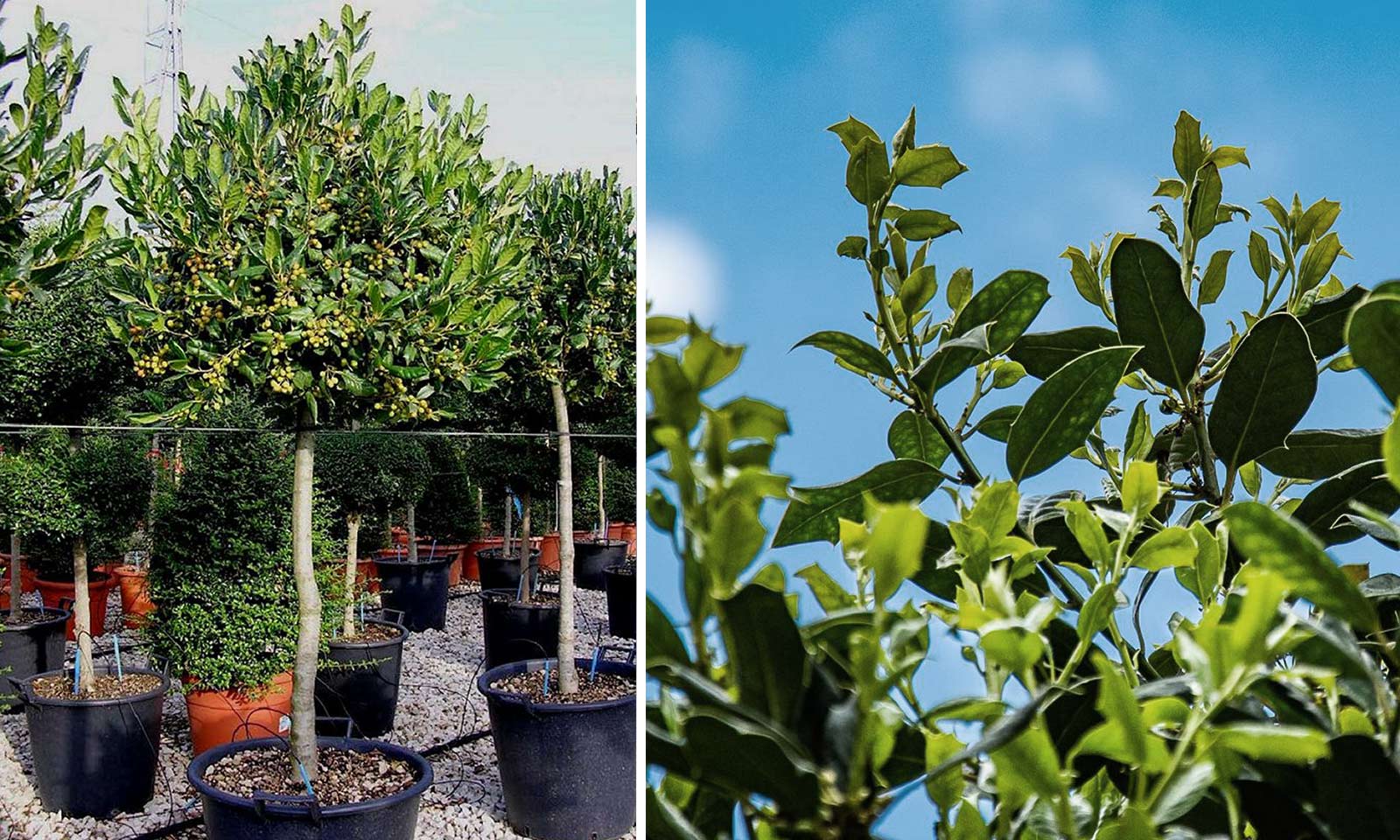Ligustrum Japonicum (Japanese Privet) – Standard
Ligustrum Japonicum, commonly known as Japanese Privet, is a versatile evergreen shrub valued for its evergreen foliage, fragrant flowers, and adaptability to various growing conditions. One of its most distinguishing features is glossy, dark green leaves, which provide year-round interest and texture to a garden. Ligustrum japonicum is known for its adaptability to a wide range of growing conditions, including full sun to partial shade and various soil types, as long as they are well-drained. Once established, it is relatively low-maintenance, requiring minimal pruning to maintain its shape and size.
Product Dimensions
Girth 6-8 cm: 18 litre pot, clear trunk – 180-220 cm (5.9-7.2 ft), crown - 30-40 cm (0.9-1.3 ft);
Girth 8-10 cm: 25 litre pot, clear trunk – 180-220 cm (5.9-7.2 ft), crown - 30-60 cm (0.9-1.9 ft);
Girth 10-12 cm: 30-35 litre pot, clear trunk – 180-220 cm (5.9-7.2 ft), crown - 30-60 cm (0.9-1.9 ft);
Girth 12-14 cm: 50 litre pot, trunk – 200 -220 cm (6.6-7.2 ft), crown - 40-80 cm (1.3-2.6 ft);
Girth 14-16 cm: 70-90 litre pot, trunk – 200 -220 cm (6.6-7.2 ft), crown - 40-80 cm (1.3-2.6 ft);
Girth 16-18 cm: 110 litre pot, trunk – 200 -220 cm (6.6-7.2 ft), crown - 60-90 cm (2.0-2.9 ft);
Girth 18-20 cm: 110-130 litre pot, trunk – 200 - 220 cm (6.6-7.2 ft), crown - 80-140 cm (2.6-4.5 ft);
Girth 20-25 cm: 130-220 litre pot, trunk – 200 - 240 cm (6.6-7.8 ft), crown - 100-160 cm (3.2-5.2 ft);
Girth 25-30 cm: 130-220 litre pot, trunk – 200 - 240 cm (6.6-7.8 ft), crown - 140-180 cm (4.5-5.9 ft);
Girth 30-35 cm: 350 litre pot, trunk – 200 - 240 cm (6.6-7.8 ft), crown - 180-200 cm (5.9-6.6 ft);
Latin Name: Ligustrum Japonicum
English Name: Japanese Privet
Species: Oleaceae
Genus: Ligustrum
Foliage Type: Evergreen
Foliage: Green.
Flower: White.
Flowering Period: May-August.
Suggested Location: Outdoor.
Suggested Soil Type: Well-Drained.
Suggested Exposure to Sunlight: Full Sunlight. Partial Shade.
Suggested Exposure to Weather: Sheltered or Exposed.
Hardiness Rating: High (H6)
Lowest Temperature Tolerance: -20 °C to -15 °C (-4 °F to 5 °F)
Suggested Uses: Small Gardens. Reinforcing escarpments and sloping terrain. Groups. Shrubland and woods.
Maintenance: Prune once a year.
Growth Habit: Bushy.
Growth Speed: Fast.
Final Height: 5 m – 6 m (16.4 ft – 19.7 ft)
Final Spread: 3 m – 4 m (9.8 ft – 13.1 ft)
Delivery Cost: This is calculated based on the total size, weight and quantity of your order, as well as the location of your delivery address. You will see the final price at the Online Checkout Page (before making payment). Our website will automatically calculate the lowest possible delivery price and apply discounts to orders of certain products – giving you the best value delivery every time!
Please note that high-volume orders will decrease your delivery costs significantly by spreading the price across multiple items. Visit our Delivery Policy page for more information.
